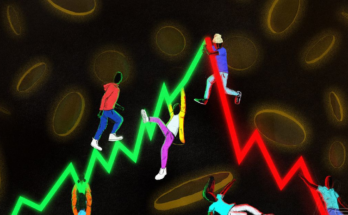While markets grapple with the concept that the pandemic might not be entirely in the rear view mirror, investors are continuing to seek out investment opportunities outside public markets as they seek to diversify.
Vincent, an alternative asset aggregation hub, is hoping to capture some of that investor attention, allowing users to scour multiple types of assets across vertical-specific platforms and build up a diverse portfolio. Vincent founder Slava Rubin says that more than 100 thousand people have used the platform since its launch in November, and that they now have 75 partner platforms integrated with the site.
Rubin, who previously co-founded the crowdfunding platform Indiegogo, tells TechCrunch that Vincent has just closed a $6 million Series A led by LAUNCH with additional investment from 8VC and Digital Currency Group, among others.
Vincent is looking to approach both accredited and unaccredited investors and the platform is currently a pretty even split between the two, Rubin tells us. The platform’s partner offerings span several alternative asset classes including venture capital, real estate, debt, crypto, art and collectibles. Vincent makes money by facilitating discovery on its partner platforms and earning fees.
We covered the company’s launch back in December when the alternative asset market was taking off but would proceed to get hotter by the week. At the moment, venture capital and real estate deals make up more than half of the capital flowing through the platform while crypto investments have seemed to slide in popularity amid the broader market sell-off there. Unaccredited investors gaining access to VC deals via equity crowdfunding has been a big onramp for the platform, especially amid loosening restrictions which have made that fundraising method more popular among some founders.
Today, there are more $3.5 billion worth of searchable deals on the Vincent platform spread across supported platforms like WeFunder, Groundfloor, Republic, SharesPost, Rally Rd. and Otis.
“The ecosystem of potential investors is bigger than it’s ever been,” Rubin tells us.



